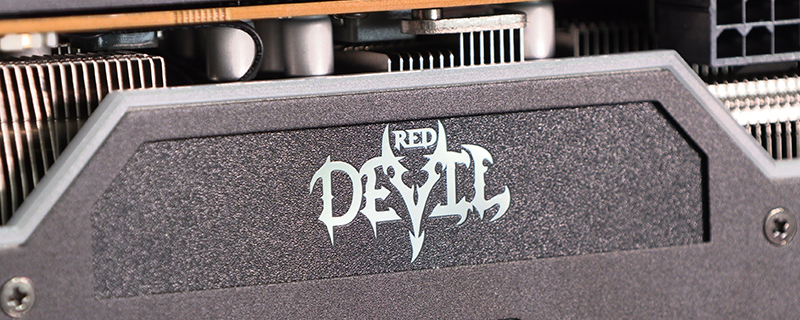PowerColor Red Devil RX 5700 and RX 5700 XT LE Review
Conclusion
You don’t have to go very far back into the history of PC hardware to come across a time when the reference edition of a new Graphics Processing Unit gave us a glimpse of what the future held, and we waited impatiently for the partner cards to appear with their factory overclocks and beefier cooling solutions to show us the true potential of the new GPU. It actually made deciding how good a new GPU was to be a complicated manner because you knew that the version supplied by AMD or Nvidia wouldn’t reflect the model we all actually brought in either temperatures or raw frames per second. This was especially true before drivers came equipped with the ability to utilise any power or thermal headroom to automatically overclock the card beyond its rated clock speed.
Recently both the major GPU manufacturers have greatly improved the design of their reference coolers and cards to ensure that the first impressions we have of a new product launch is an accurate reflection of its real world abilities. This is great for AMD or Nvidia, but it has had the knock on effect that partner cards do still come with hefty factory overclocks but their improvement to your performance has been lessened because of the automatic driver clock boosting. Equally they have more thermal headroom with much better coolers, but the main manufacturers have improved theirs to the point they actually work.
All of which means that when you’re looking at a partner card such as the pair of Red Devils we have from PowerColor today, you’re largely deciding upon a refined version of something, instead of a card which revolutionises the level of performance that you could expect to have. PowerColor have been producing Red Devil cards for years and – when the AMD Radeon cards were in a very dark place – were almost the sole flag bearer for the range. Now AMD have turned around their product design with both the Zen architecture and here with the Navi GPU it has come almost unfairly to the detriment of PowerColor. The Red Devil is still a fantastic card with high build quality and beefy overclock to go with packaging which still feels like an event to open and work through, it’s just that the performance is only a bit better than that which we’ve already seen. It’s exactly the same situation we saw with the ASUS Strix.
The RX 5700 probably sees the biggest increase in performance relative to the AMD model, but the RX 5700 XT still is better than the reference Radeon. However, the difference is close enough that the other areas that the Red Devil excels in become the thing that will make or break the deal. The cooler is excellent being near silent in operation and looking exceptional with tasteful lighting and a glimpse of the heatsink and heat pipes beneath the shroud that look like the pectorals of a bodybuilder peeking from their muscle vest. The RX 5700 package is nice, but the RX 5700 XT Limited Edition really is a gorgeous thing to open with a premium feel to all the textures only enhanced by the inclusion of an RGB cloth gaming surface to let you represent your brand of choice in more places than through the window of your case.
If you only care about raw FPS then there isn’t a huge amount to differentiate the PowerColor Red Devil from any other take upon the Navi formula, but – in the same way that a Mercedes and a Vauxhall might both take four people to the shops but in entirely different levels of quality – the Red Devil pairing are built to a high standard and very easy to live with and win our OC3D Gamers Choice award.
Discuss the PowerColor Red Devil RX 5700 and RX 5700 XT LE in our OC3D Forums.
Our full video review will be along shortly but here is our preview video if you would like a closer look.




